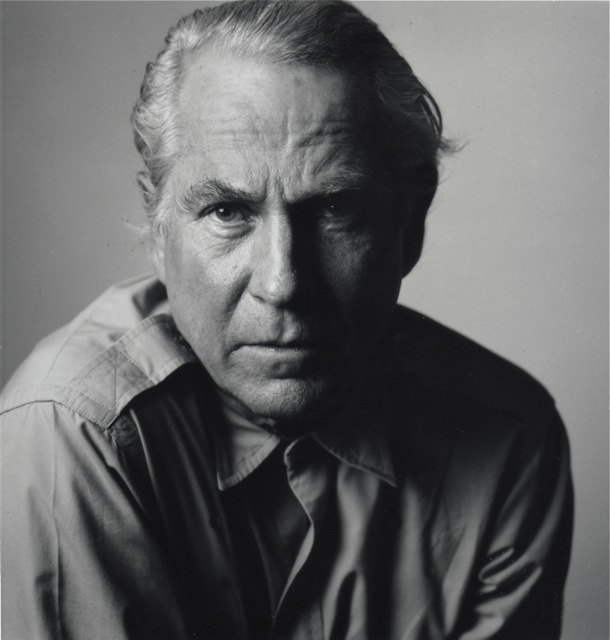
Gordon Lish photo by bill hayward
Tim Groenland has written a compendious and measured account of Gordon Lish’s editing practice (fascinating images of pages edited — Nabokov, for example) and influence, minus the Raymond Carver hysteria. The essay builds on some of the work we’ve published at NC, including Jason Lucarelli’s ground-breaking texts “The Consecution of Gordon Lish: An Essay on Form and Influence” and “Using Everything: Pattern Making in Gertrude Stein’s ‘Melanctha,’ Robert Walser’s ‘Nothing at All,’ and Sam Lipsyte’s ‘The Wrong Arm’” plus my own audio interview “Causing Damage — Captain Fiction Redivivus: DG Interview With Gordon Lish.” All are quoted in Groenland’s piece, putting NC at the front of the wave of new interest in Lishian studies.
dg
Here’s a teaser from the Groenland essay:
These studies make it clear that Lish was, in certain ways, “the minimalist in the machine” in Carver’s work (Churchwell n.p.) and it is clear that he applied similar techniques to the work of other young writers of the period: Lish was instrumental in the early careers of Barry Hannah and Mary Robison, for example, making him an essential figure in the development of what was variously known as “minimalism”, “Dirty Realism”, and “the new realism” (or, to use Mark McGurl’s recent formulation, “lower-middle-class modernism”) in the early 1980s (32). Michael Hemmingson has shown that Lish edited Barry Hannah’s fiction extensively throughout the late 1970s and early 1980s: he reports, for example, that the manuscript drafts for Hannah’s novel Ray (1980) are “a confusing, sloppy mess” and that Lish’s editing work here involved carefully rearranging sections into narrative coherence, much as Max Perkins did for Thomas Wolfe’s major novels (Hemmingson 490–491; Berg 119–130, 223–228). Lish performed line editing on photocopies of Hannah’s stories taken from the journals in which they had been printed, just as he did with Carver’s work: in several cases, the journal in question was Esquire, meaning that the editor often saw Hannah’s work through several iterations and could refine his vision of the stories in different stages. Hannah’s attitude to these changes was markedly different from Carver’s, and in a 2004 interview with the Paris Review he was unambiguous in his praise:
Gordon Lish was a genius editor. A deep friend and mentor. He taught me how to write short stories. He would cross out everything so there’d be like three lines left, and he would be right . . . This is your good stuff. This is the right rhythm. So I learned to write better short stories under him. (Hannah, “Art of Fiction 184”)
Read the entire essay @ Irish Journal of American Studies.
